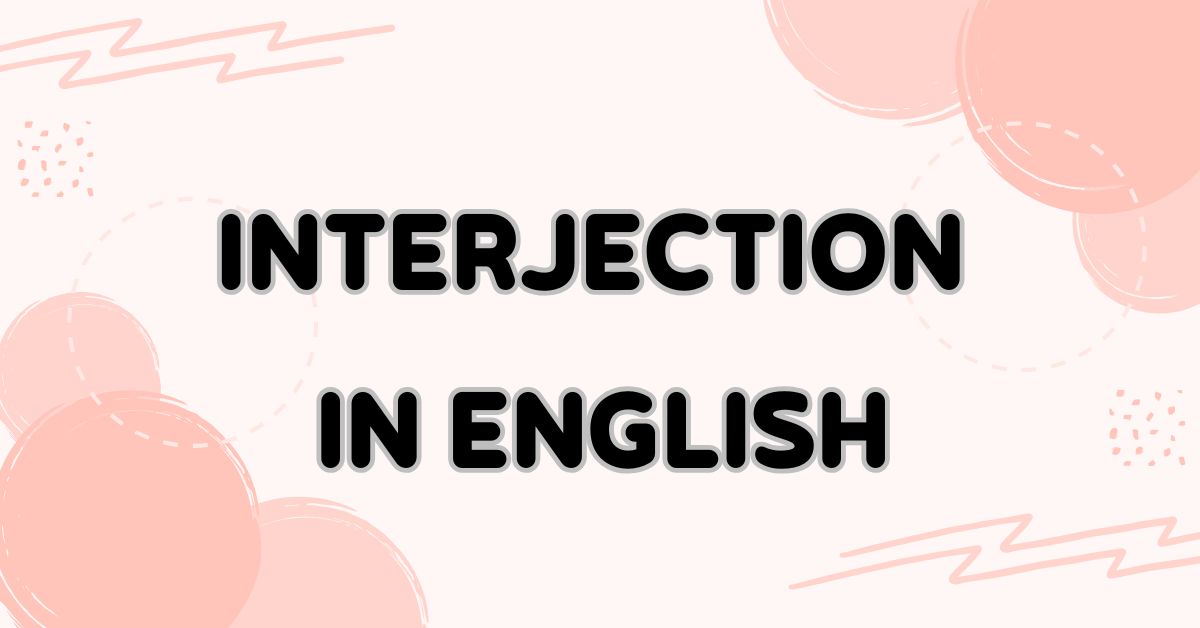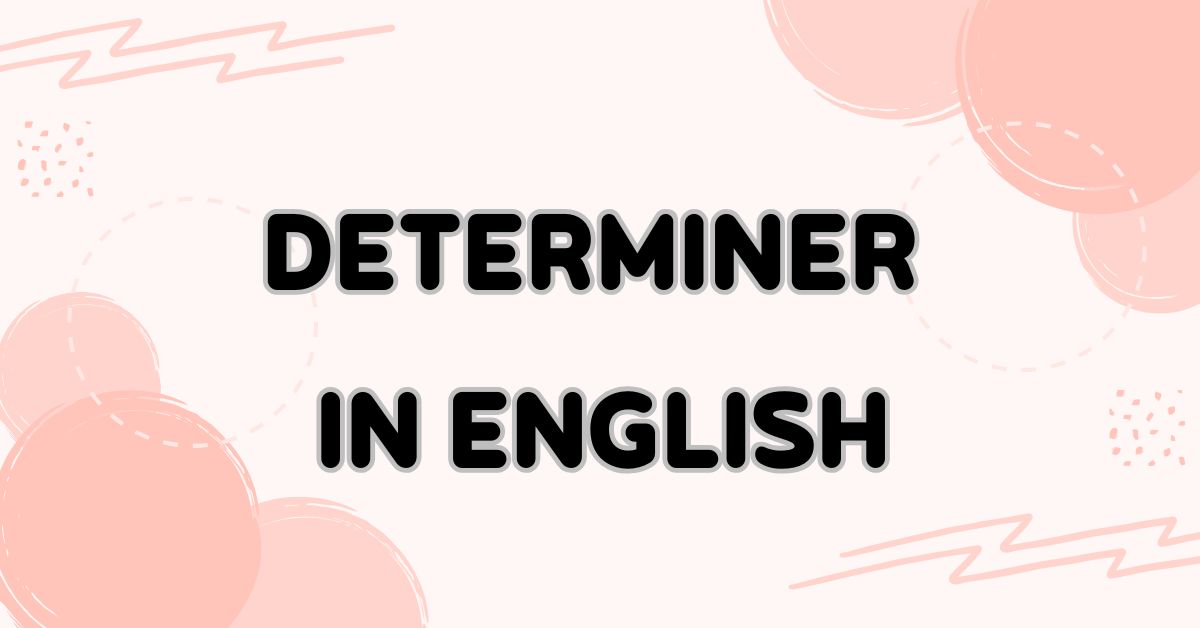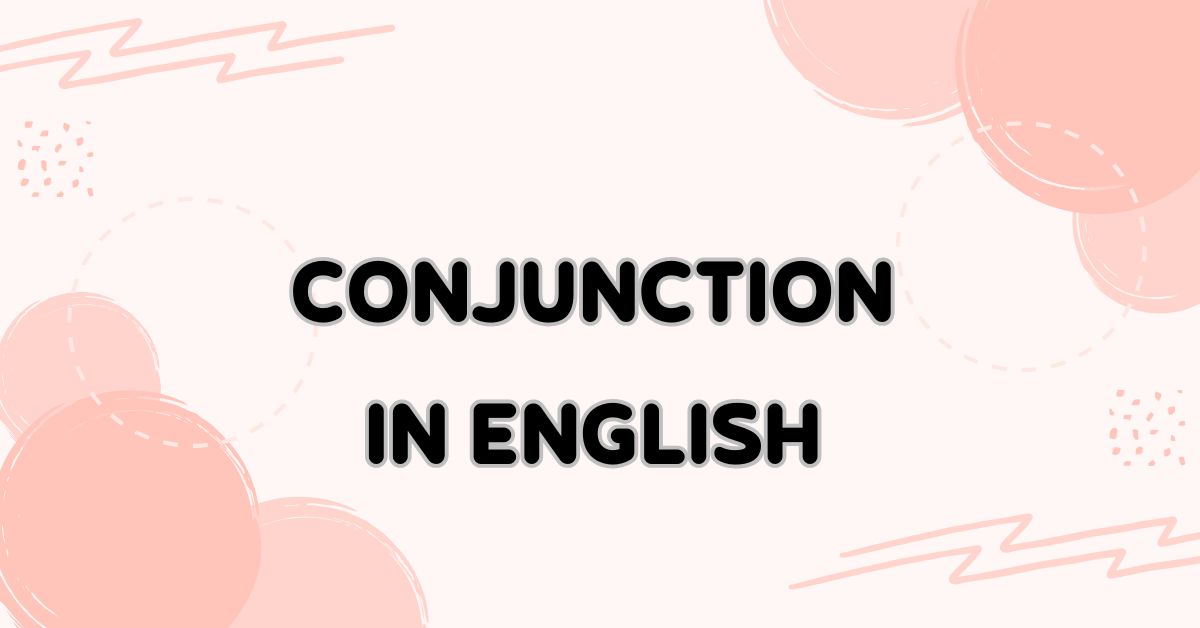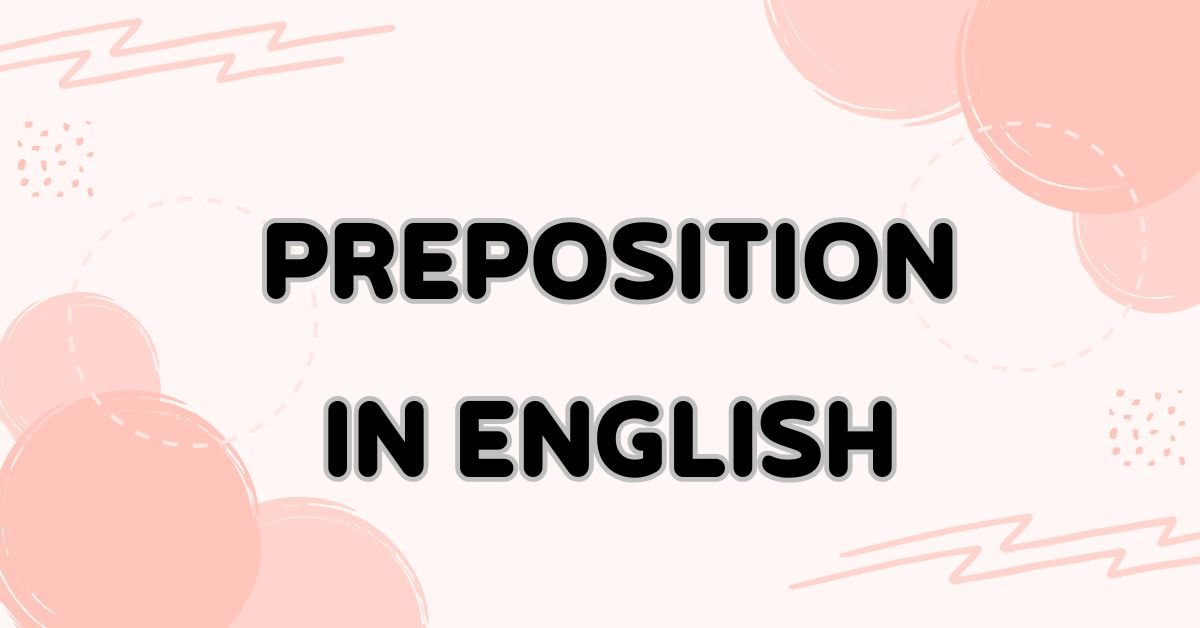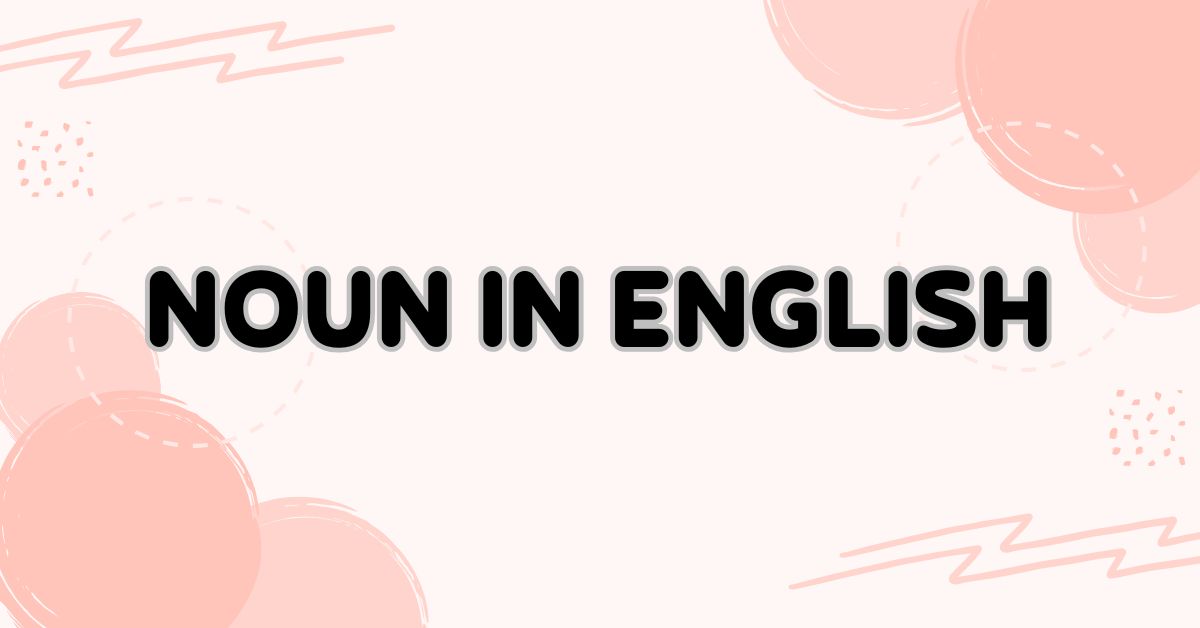What is CEFR? The Common European Framework of Reference for Languages is an internationally recognized standard for describing language ability. Whether you’re learning English, French, or any other language, understanding CEFR levels helps you track progress, set goals, and choose the right learning resources.
What is CEFR?
CEFR, or the Common European Framework of Reference for Languages, is an international standard used to describe language ability. It divides language proficiency into six levels: A1, A2, B1, B2, C1, and C2 - from beginner to mastery.
Developed by the Council of Europe, CEFR provides a clear and consistent way to assess and compare language skills across different countries, exams, and learning systems. It helps learners set goals, track progress, and choose suitable learning materials.
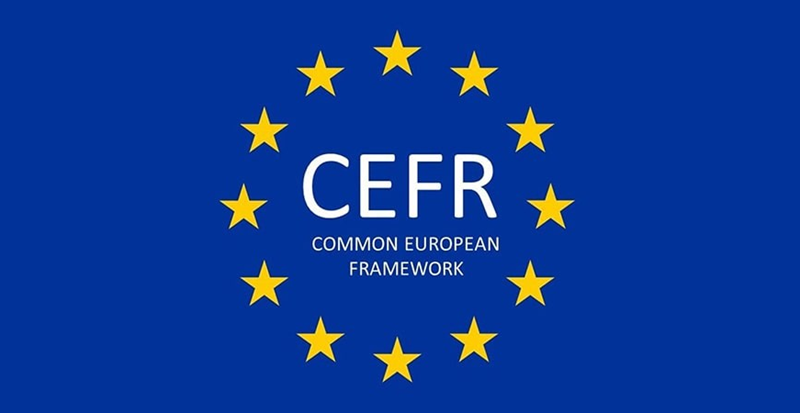
Who is CEFR for?
CEFR is for anyone involved in learning, teaching, or assessing languages. This includes:
-
Language learners: to measure their skills and track progress.
-
Teachers: to use a consistent framework for planning and delivering lessons.
-
Exam providers and educational institutions: to standardize language proficiency assessment.
-
Employers: to set language requirements for job positions.
-
Universities and scholarship boards: to determine admissions or scholarship eligibility.
CEFR levels
The CEFR divides language proficiency into three broad categories, which are further broken down into six levels:
A1 - Beginner
At the A1 level, learners can understand and use very basic everyday expressions and phrases. They can introduce themselves, ask and answer simple questions, and interact in a simple way if the other person speaks slowly and clearly.
A2 - Elementary
At the A2 level, learners can understand sentences and frequently used expressions related to everyday topics. They can communicate in simple and routine tasks, exchange basic information, and describe aspects of their background or immediate environment.
B1 - Intermediate
At the B1 level, learners can understand the main points of clear standard speech on familiar topics. They can handle most situations while traveling, produce simple connected text, and describe experiences, events, and opinions.
B2 - Upper-Intermediate
At the B2 level, learners can understand the main ideas of complex texts on both concrete and abstract topics. They can interact with fluency and spontaneity, making regular communication with native speakers possible without strain for either party.
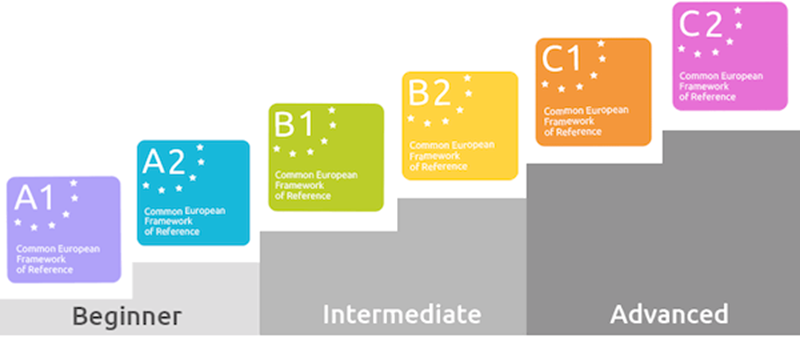
C1 - Advanced
At the C1 level, learners can express ideas fluently and spontaneously without much searching for words. They can understand demanding, longer texts and use language flexibly for social, academic, and professional purposes.
C2 - Proficient
At the C2 level, learners can understand virtually everything they hear or read with ease. They can express themselves effortlessly, precisely, and smoothly, even in complex situations or discussions.
Effective CEFR test preparation tips
Preparing for a CEFR-aligned test requires a structured approach that focuses on developing all four core language skills: reading, writing, listening, and speaking. Here are some effective tips to help you prepare:
-
Assess your current level: Before you start, take a practice test or a quick online level finder to get a sense of where you stand. This will help you choose the right exam level (A2, B1, B2, etc.) and create a realistic study plan.
-
Practice all four skills regularly:
-
Reading: Read a variety of authentic materials at your level, such as news articles, blog posts, short stories, and academic texts. Practice skimming to get the main idea and scanning to find specific information.
-
Listening: Listen to podcasts, radio programs, news broadcasts, and TED Talks in the language you are studying. Practice active listening by summarizing what you heard or taking notes on key details.
-
Writing: Write regularly, even if it's just a journal entry. Practice different types of writing tasks that might appear on the test, such as emails, essays, and reports. Focus on grammar, sentence structure, and using a range of vocabulary and linking words to create coherent text.
-
Speaking: Practice speaking as much as possible. This can be with a language exchange partner, a tutor, or even by talking to yourself. Practice answering typical test questions, such as talking about yourself, your hobbies, or expressing an opinion on a given topic.
-
Identify and Address Weaknesses: After each practice session or test, analyze your performance. Were you slow on the reading section? Did you struggle with a specific grammar point in the writing? Dedicate extra time and effort to improving these weak areas.

Now that you know what is CEFR and how its levels work, you can use it as a roadmap for your language learning journey. From setting realistic goals to assessing your skills, CEFR offers a clear framework to measure and improve your proficiency.



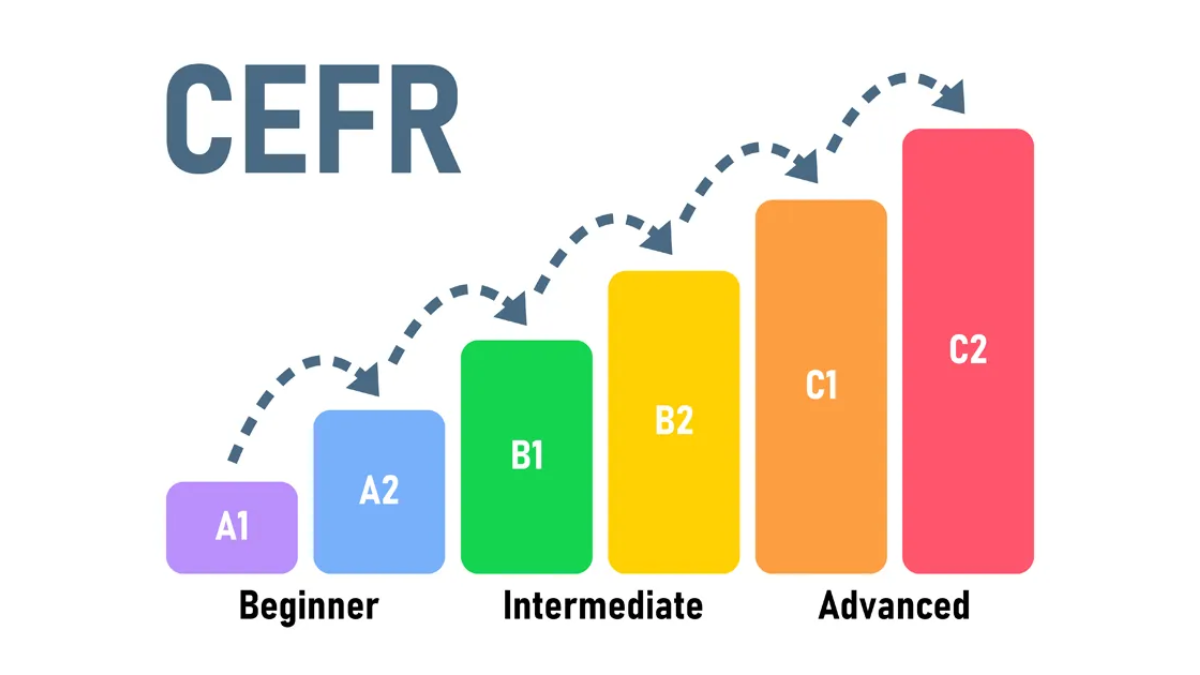
.png)
